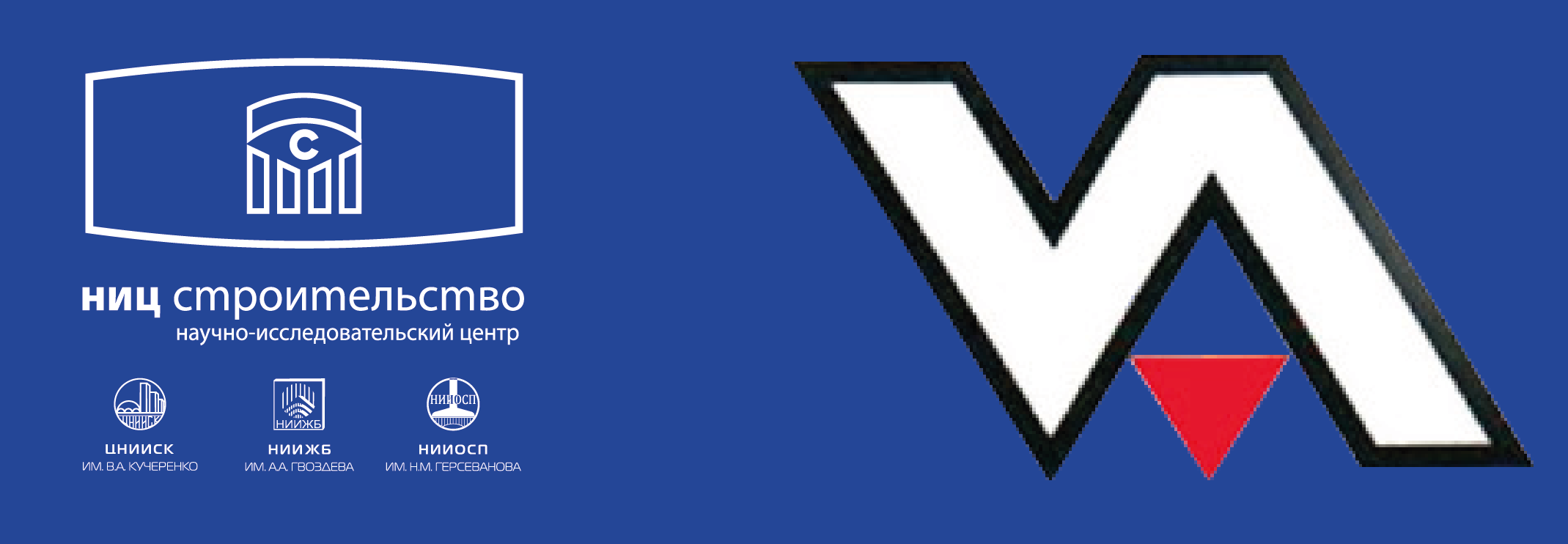The “Strategy for the development of the construction industry until 2030 and for the future until 2035” developed by the Ministry of Construction of Russia indicates that one of the goals of construction development for this future is to reduce the carbon footprint from the impact of the construction industry on the environment. The article analyzes the factors that allow the main building material – concrete to make a significant contribution to reducing the carbon footprint in relation to the environment. Examples of European practices in solving this problem are given, the need for appropriate research work is indicated regarding the assessment of the impact of cement and concrete production on increasing the carbon footprint, the development of methods to solve this problem and taking this factor into account for practical needs.
Doctor of Technical Sciences, Professor Evgeny Aleksandrovich Chistyakov solemnly celebrated his 95th birthday on March 18, 2022. Congratulations on this significant day were addressed to the hero of the day by colleagues, friends and family. Being the same age as NIIZhB them. A.A. Gvozdeva JSC “Research Center “Construction”, for 57 years of his life Evgeniy Aleksandrovich worked in the laboratory of the theory of reinforced concrete and structural systems No. 1 of the institute. He made and continues to make a significant contribution to the formation of the institute as the leading organization in the field of concrete and reinforced concrete.
The reuse of building materials, products and structures in new construction and reconstruction will make it possible to reduce the consumption of raw materials, reduce the number of waste disposal sites, and improve the environment. The properties of crushed aggregates are considered: large and small, so that they can be used in heavy concrete.
The article discusses one of the simplest and most effective methods of convective heating of concrete walls and columns in winter concreting conditions. The relevance of this issue is due to the need for high-quality heat treatment of concrete under specified heating conditions and reduction of energy costs due to the economical use of hot air generated in a closed heated space. The novelty of the presented method of heating concrete in winter concreting conditions lies in the simultaneous use of heating and fan devices, effectively installed in a rationally organized heated space. This ensures uniformity of temperature in height and in the volume of the heated space. The method of calculating the parameters of concrete retention of monolithic structures in winter conditions using convective heating, the principle of operation and the design feature of the device are given.
The article discusses the effect of carbonation on the diffusion of chlorides in concrete based on experimental and theoretical analysis. Chloride penetration tests were carried out on concrete with conventional Portland cement (OPC) and complex binders (SZC), with and without carbonation. The apparent diffusion capacity of chlorides was estimated using an improved diffusion model. The effect of surface carbonation on chloride penetration was investigated in terms of such influencing factors as pore structure, chloride sorption and chemical composition of the pore solution. The results are applied in the design of composite plates exposed to the marine atmosphere. The study shows that: after carbonation, the chloride sorption of OPC concretes is greater than that of SZC concretes with complex binders. About 50 % of the sorption capacity remains in SZC concretes after carbonation; carbonation promotes the diffusion of chlorides, increasing it to 80 %, and affects changes in the pore structure from the perspective of the diffusion of chlorides; the durability requirements should take into account the effect of carbonation of the concrete surface when exposed to marine air environments, but protected from natural precipitation.
This article discusses the effect of dispersed reinforcement on the coefficients of transition from strength in one type of stress state to another. The transition coefficients are calculated based on the results of tests of prism samples of different matrices with different dispersion reinforcement, and all tests are carried out on each sample from the series. It has been established that dispersed reinforcement affects the coefficients of transition from strength in one type of stress state to another. High modulus fibers have a greater effect on transition coefficients than low modulus fibers. The amount of fiber affects the change in transition coefficients.
ISSN 3034-1302 (Online)











